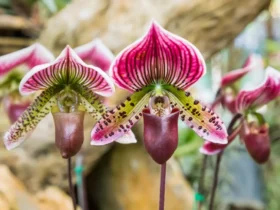Known for its vibrant colors and delicate petals, the poppy flower holds a special place in various cultures around the world. Additionally, it is recognized as one of the famous flowers of America. In this article, we will embark on a journey to explore the captivating world of the poppy flower, delving into its rich history, unique characteristics, symbolic meanings, and significant cultural significance.
Poppy Flower images
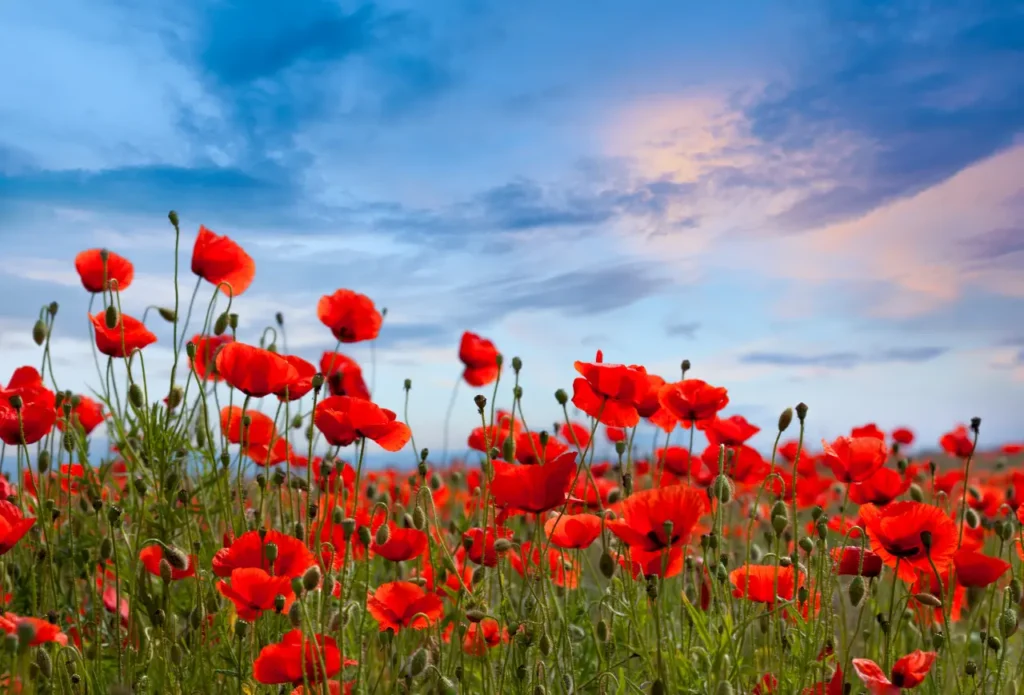
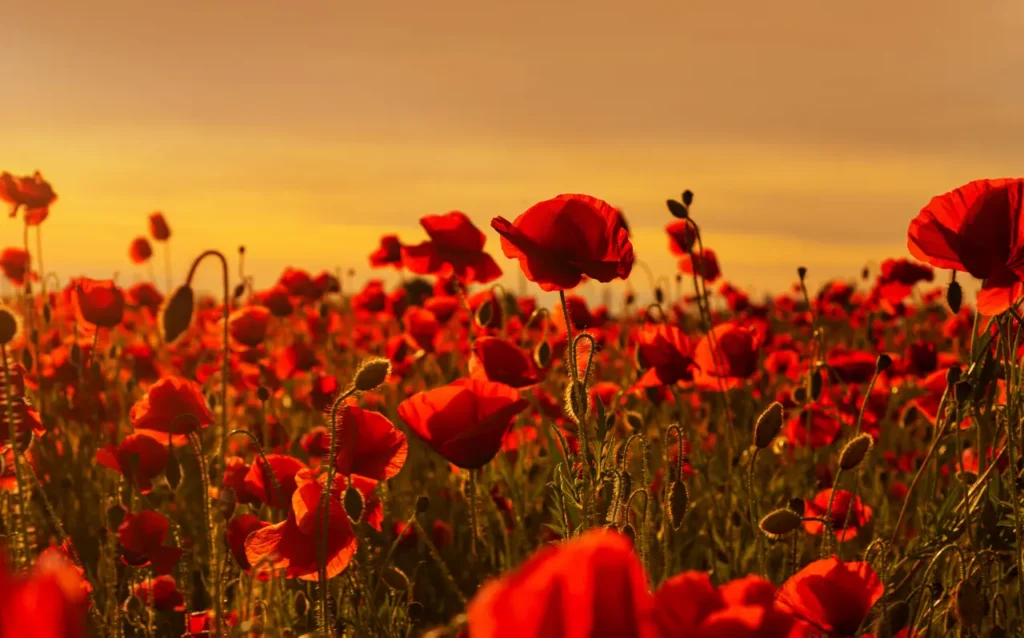
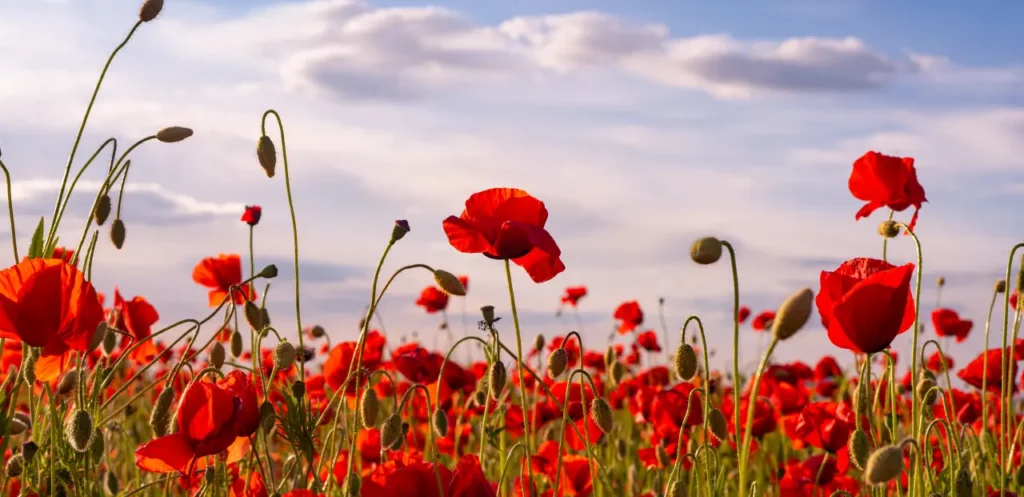
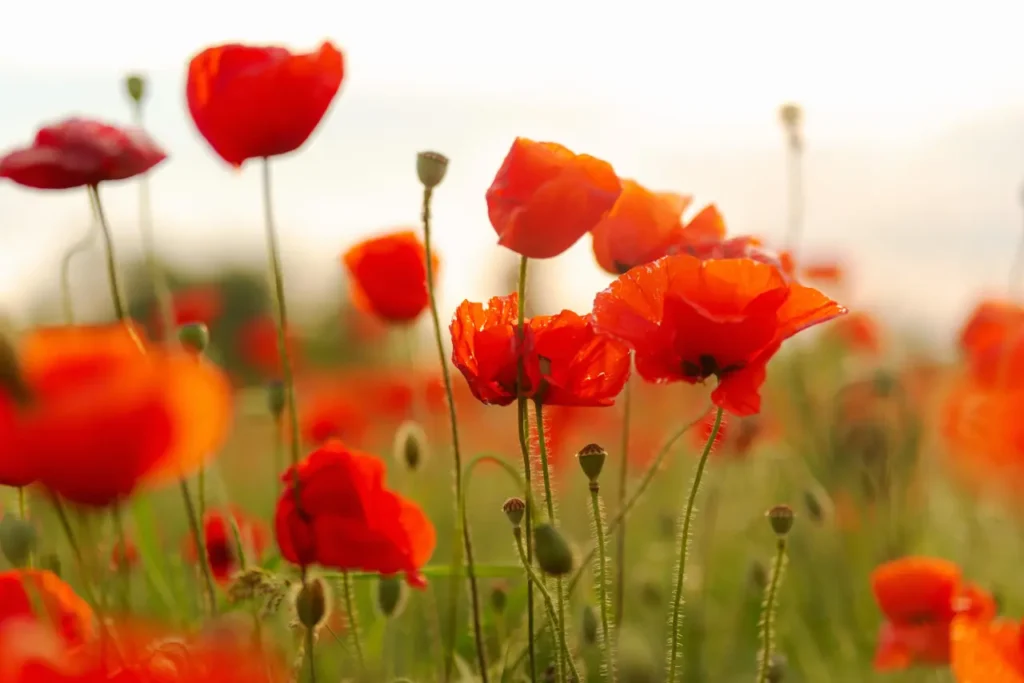
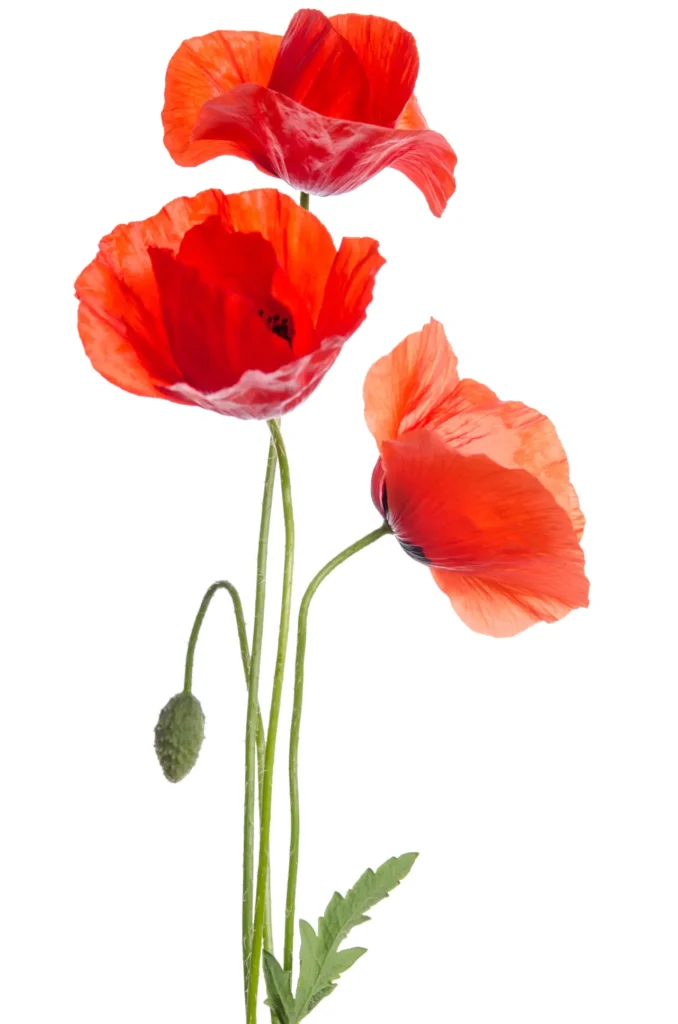
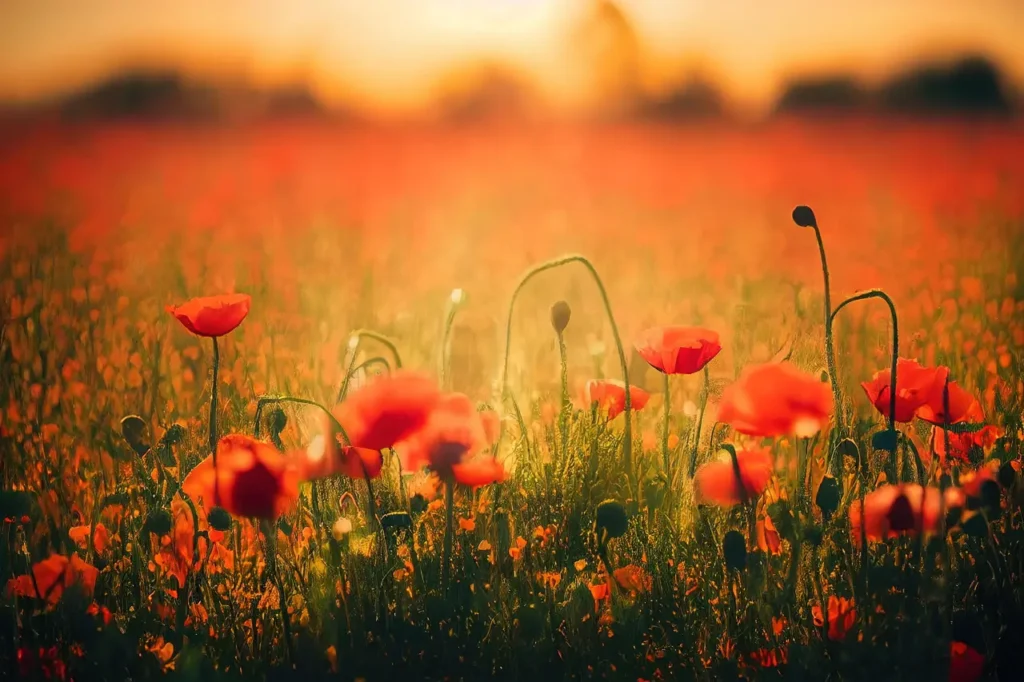
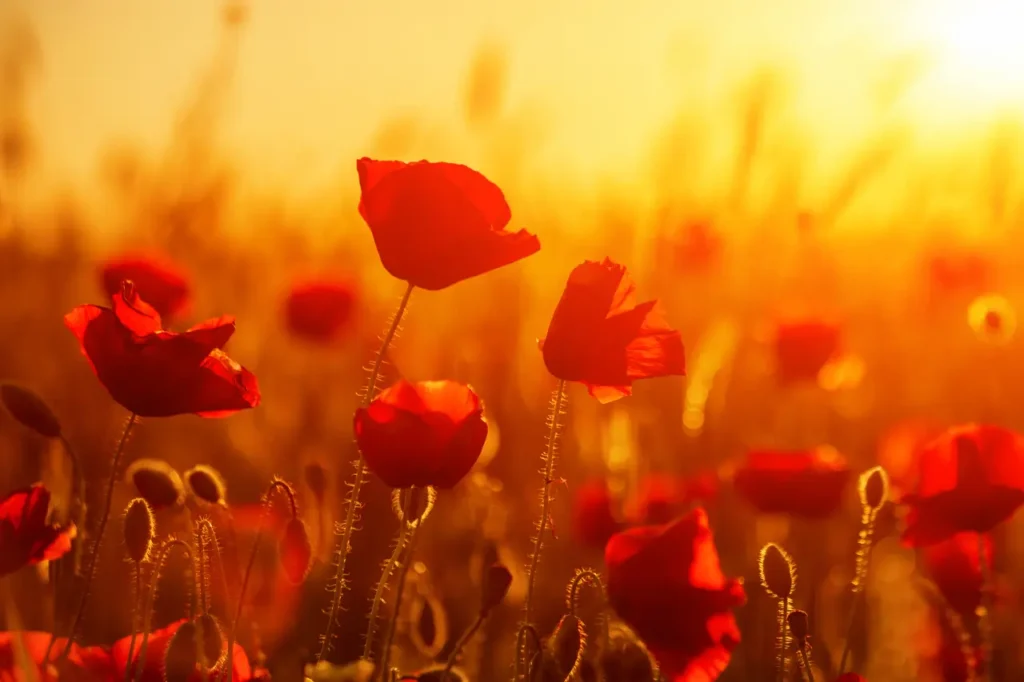
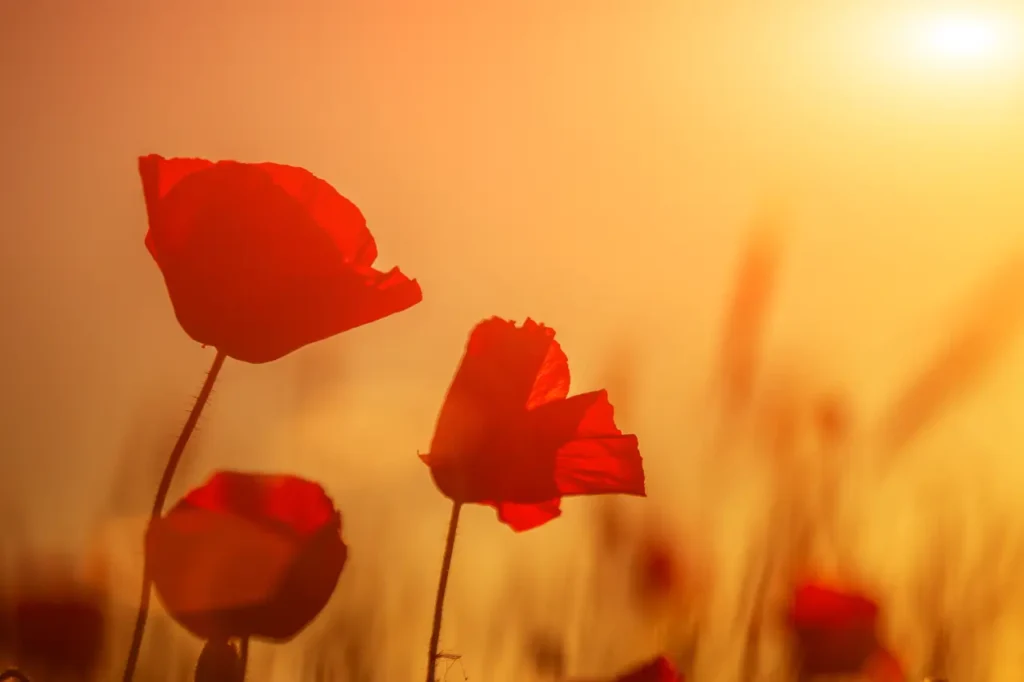
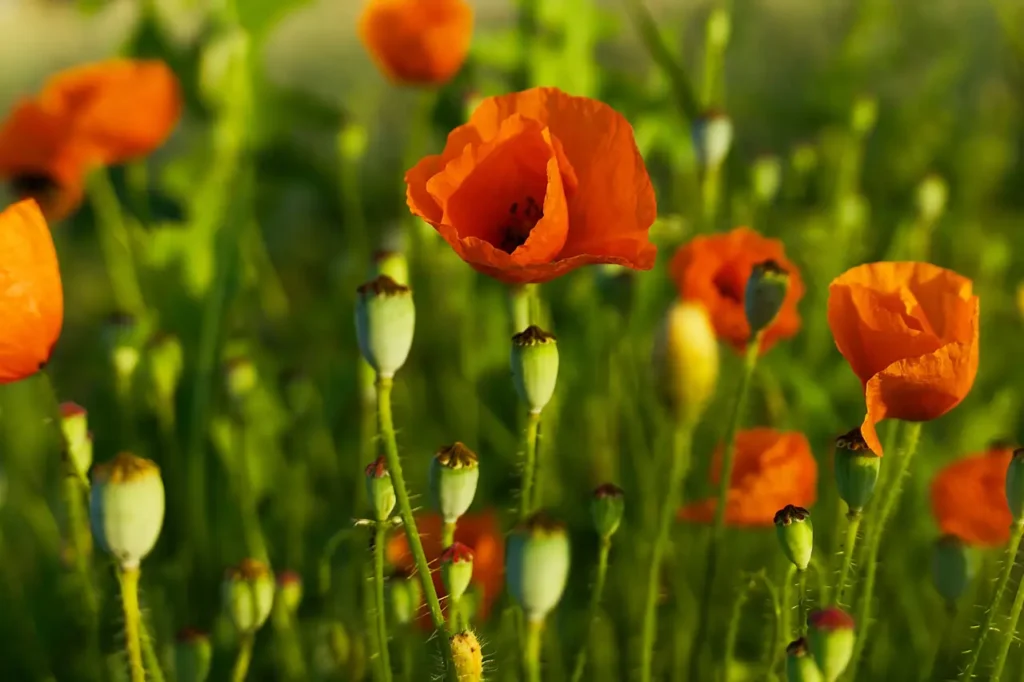
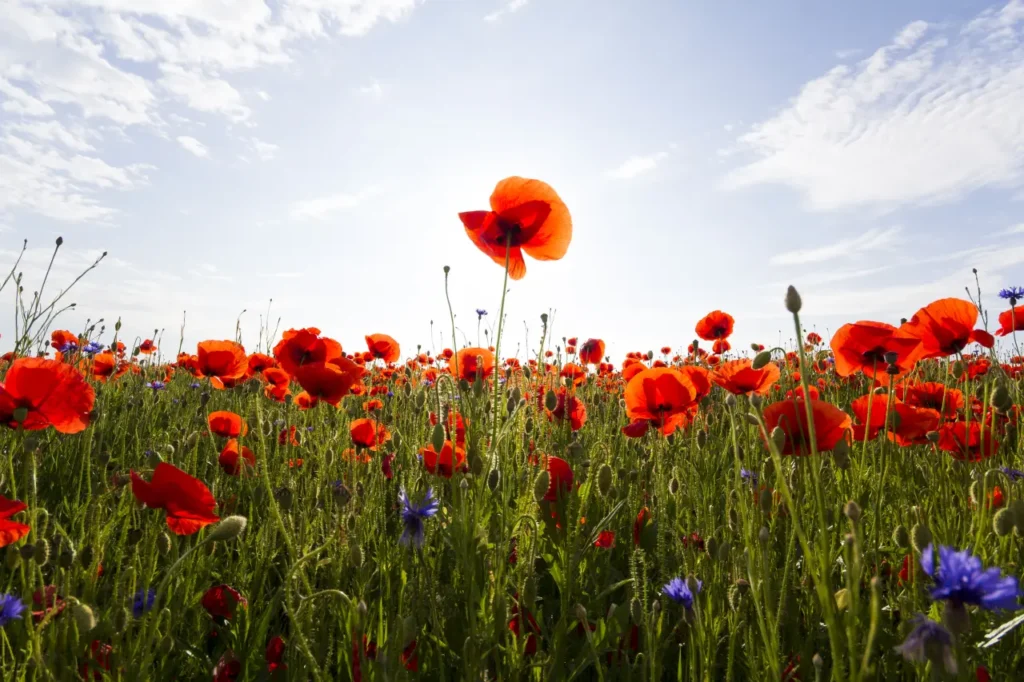
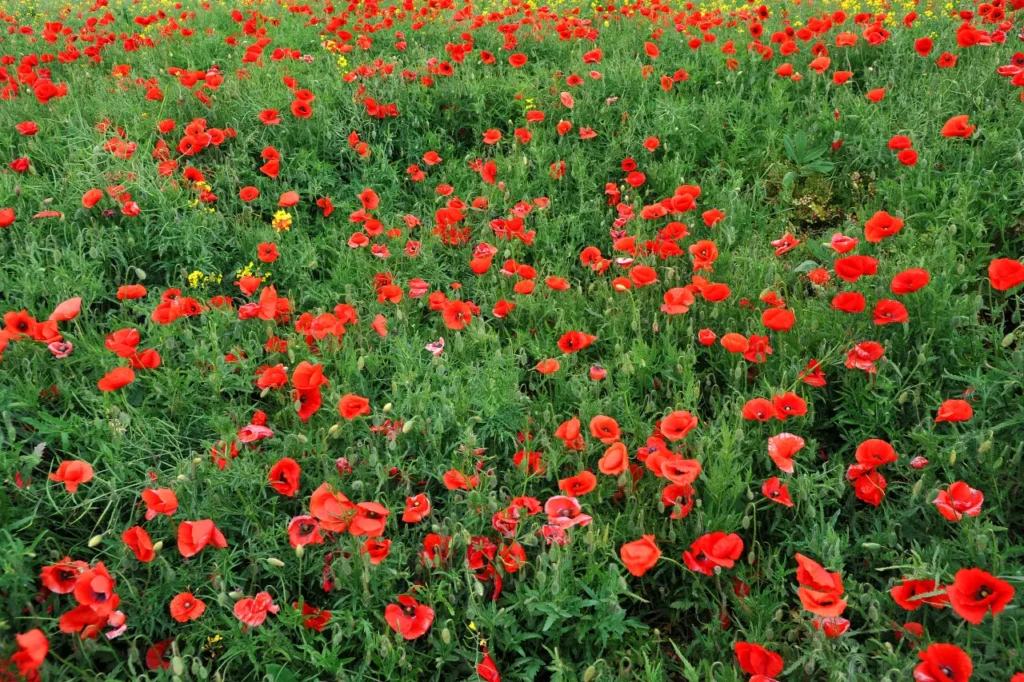
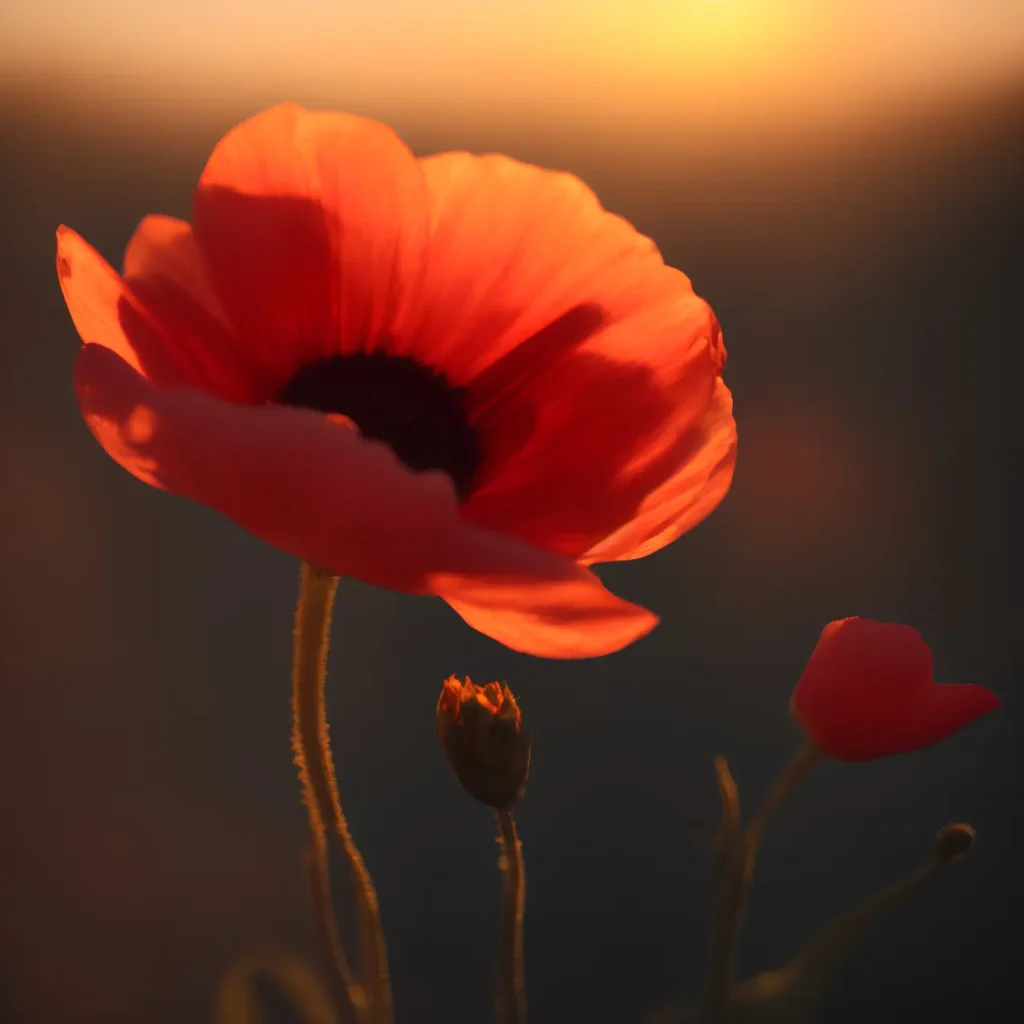

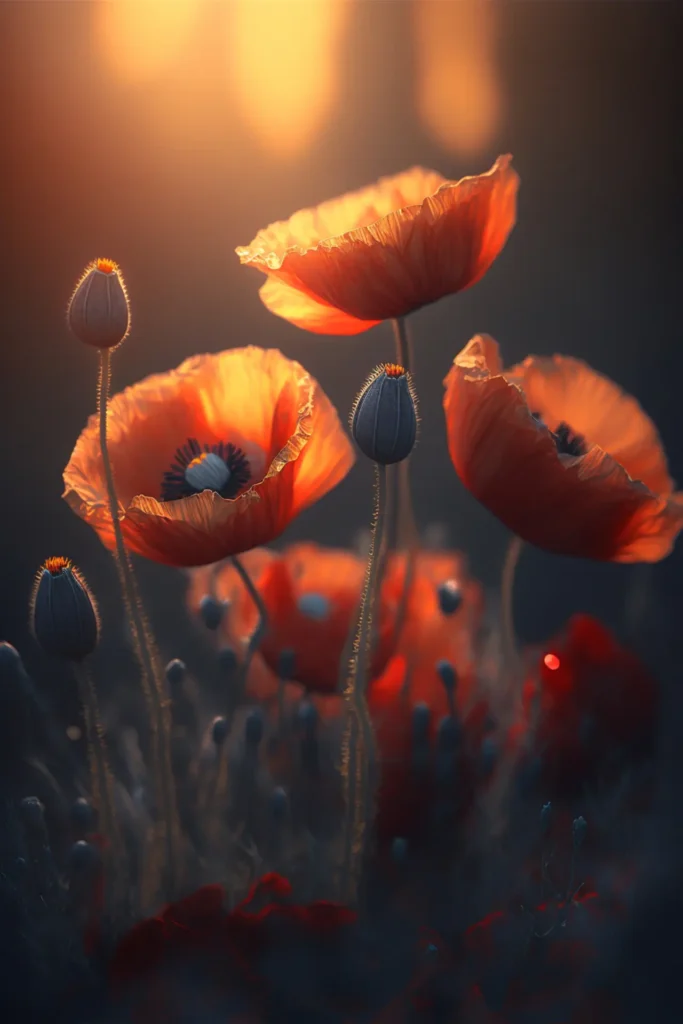
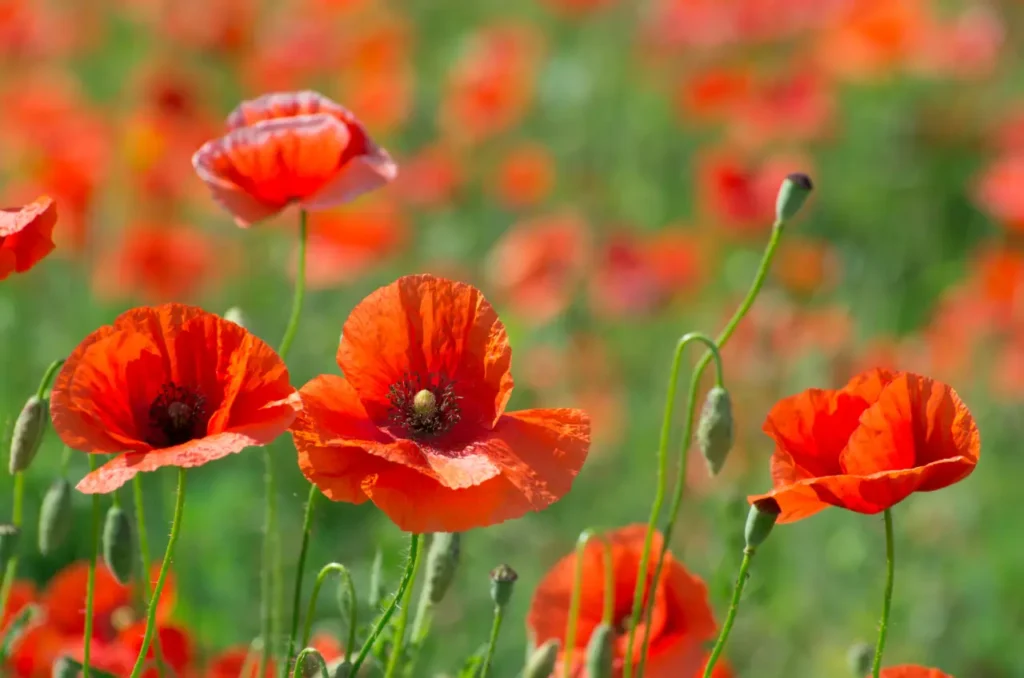

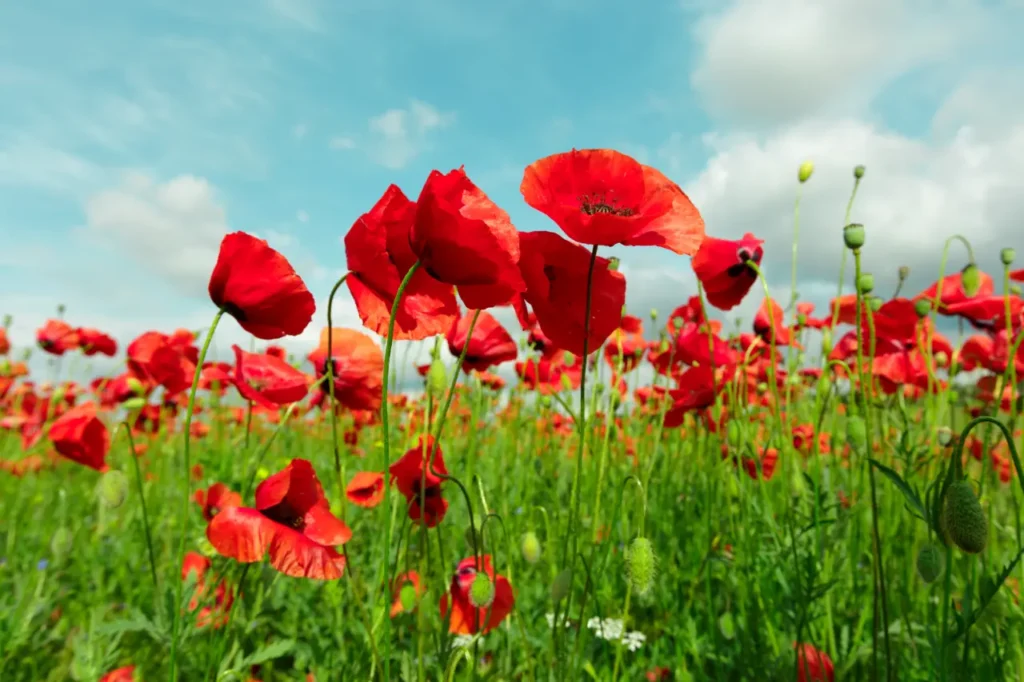
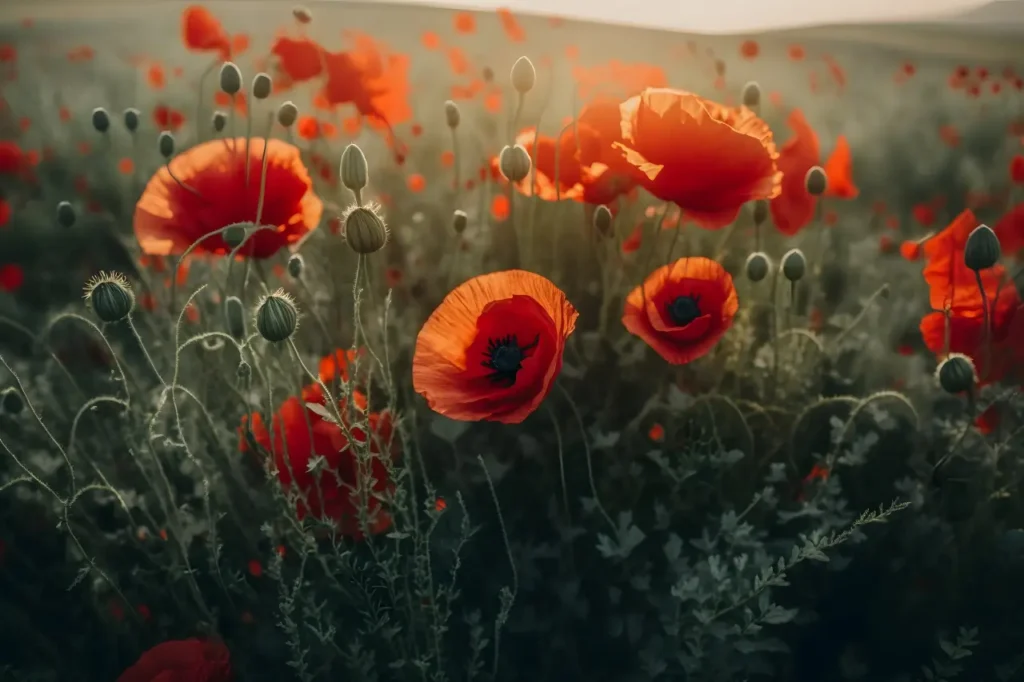
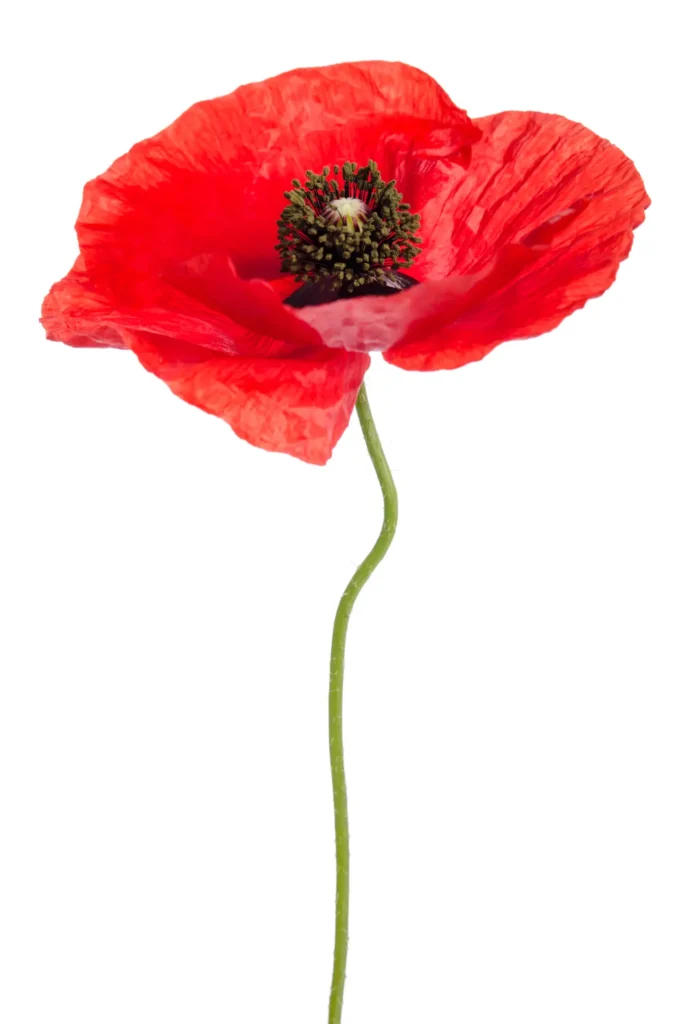
Origins and Varieties
The poppy flower belongs to the Papaveraceae family and encompasses various species. Its origins can be traced back to different regions, including Europe, Asia, and North America. Among the most popular varieties are the Oriental poppy (Papaver orientale), California poppy (Eschscholzia californica), and the iconic red Flanders poppy (Papaver rhoeas).
Characteristics and Blossoms
One of the defining features of the poppy flower is its eye-catching petals, which come in an array of colors ranging from vibrant reds and oranges to soft pinks, whites, and purples. The blooms exhibit a delicate, papery texture, and their petals often feature intricate patterns and markings. The flower’s center is adorned with a cluster of contrasting stamens, adding to its visual appeal.
Symbolism and Significance
The poppy flower holds deep symbolic meaning across cultures and holds a significant place in history. It is often associated with remembrance and is prominently used as a symbol to honor and commemorate fallen soldiers in numerous countries, especially during times of remembrance such as Veterans Day and Memorial Day.
Additionally, the poppy is celebrated as a symbol of beauty, fertility, and rebirth. In some cultures, it represents dreams, imagination, and the ephemeral nature of life. The poppy’s resilience and ability to grow in harsh conditions further enhance its symbolism, representing strength and perseverance in the face of adversity.
Cultivation and Care
Poppy flowers are relatively easy to cultivate, making them a popular choice for both beginner and experienced gardeners. They typically prefer well-drained soil and thrive in areas with full sun or partial shade. Planting the seeds in early spring or autumn is ideal for their growth.
Poppy flowers can self-sow, meaning they produce seeds that drop and germinate on their own. This characteristic allows the flowers to create beautiful displays year after year. However, it’s important to note that certain varieties may require some attention to prevent them from becoming invasive in the garden.
The poppy flower’s captivating beauty, rich symbolism, and historical significance make it an enduring favorite among flower enthusiasts worldwide. From its stunning array of colors to its representation of remembrance and resilience, the poppy evokes a sense of admiration and reverence. Whether adorning gardens, commemorating fallen heroes, or simply bringing joy with its vibrant presence, the poppy flower continues to enchant and inspire us. Let us embrace the allure of the poppy and honor its enduring significance in our lives.
